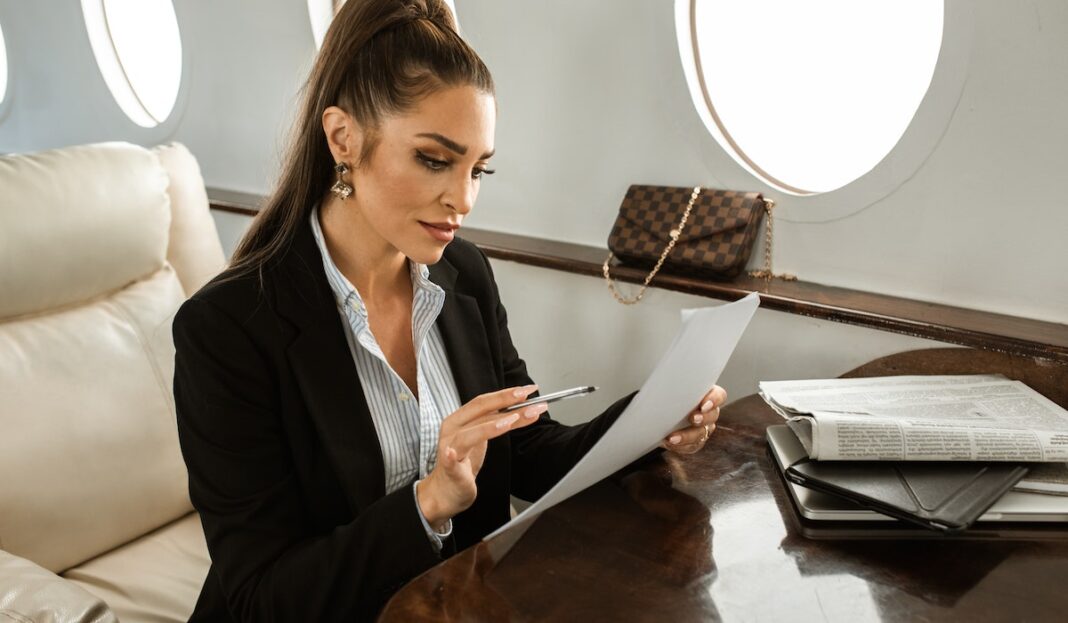Flying private for the first time can be exciting and rewarding. Whether you are flying for business or pleasure, you should know a few things before taking off. From selecting the right aircraft to preparing for in-flight amenities, this guide will provide the key information to ensure your flight is comfortable, safe, and enjoyable.
1. Choosing Your Aircraft
The first step to booking a private flight is selecting the right aircraft. Depending on what you need and your budget, there are several different types of planes you can choose from. Light jets are often recommended for shorter flights within the same state or country as they offer faster travel times and require less fuel than larger models. If you’re planning a longer journey, a mid-size or heavy jet may be the better option for added comfort and convenience.
Another thing to consider is the number of passengers you will bring. Most private jets can seat up to eight people, but if you’re traveling with a larger group, look for aircraft that offer more space and amenities.
2. Checking In
Once your aircraft has been chosen, it’s time to check in for your flight. It’s important to arrive at least one hour before departure as this will give you enough time to board the plane and complete the necessary paperwork. When checking in, bring valid identification and all other required documents, such as passports or visas (if applicable). Additionally, familiarize yourself with airport regulations or protocols that must be followed while on the property.
For example, a Miami jet charter may require all passengers to provide specific documents before boarding, while other private jet services may have different requirements. So make sure to read through any terms and conditions before you arrive.
3. In-Flight Services
Most private planes offer a wide range of services and amenities to make your flight more pleasant. This can include complimentary meals, beverages, internet access, or satellite TV. Ask in advance if any specific services are available on the aircraft you are flying on so you can be prepared for what’s offered during your trip.
In addition to these amenities, many private airlines also provide concierge services. A team of professionals will coordinate ground transportation, hotel bookings, and reservations at restaurants or other attractions when needed.
4. Safety Regulations
When flying privately, safety is always the top priority. Before boarding your plane, take the time to read up on the safety regulations for your destination and familiarize yourself with the aircraft’s emergency procedures. Be sure to pay attention during pre-flight briefings given by the pilot or crew, as these will give you valuable information about your flight. Additionally, make sure all of your items are properly stowed away to ensure a safe journey.
Safety regulations may also apply to any luggage or items that you bring along with you. Most private airlines have specific restrictions on what can and cannot be taken onboard. Check the airline’s website for prohibited items before packing your bags.
5. Dressing Appropriately
Dressing appropriately for a private flight is just as important as any other type of travel. To ensure you feel comfortable throughout your journey, opt for lightweight fabrics and layers that can be easily removed. Bring items like headphones and tablets to keep yourself entertained if you’re spending long hours in the air.
It’s also important to remember that different airports may have their dress codes, which must be followed while on the property. Before heading out, double-check if there are any specific requirements, such as wearing closed-toe shoes or avoiding loose clothing.
6. Post-flight Checklist
Once you have reached your destination, a few steps need to be completed before disembarking. The pilot or crew will go through a post-flight checklist which includes shutting off the engines and ensuring all passengers have gathered their personal belongings. This is also the time to leave feedback regarding the flight and service.
Also, be aware that depending on the private airline, you may be required to disembark within a certain time. Check with the staff if there is any specific timeline they want you to follow once your flight has landed.
Conclusion
Flying private for the first time can be intimidating. Still, if you take the time to familiarize yourself with all the regulations and protocols, your experience will be smooth and enjoyable. Read through any terms and conditions before boarding, check the airline’s website for prohibited items, and dress appropriately. After your flight has landed, complete any post-flight checklists and leave feedback with the staff if necessary.

















